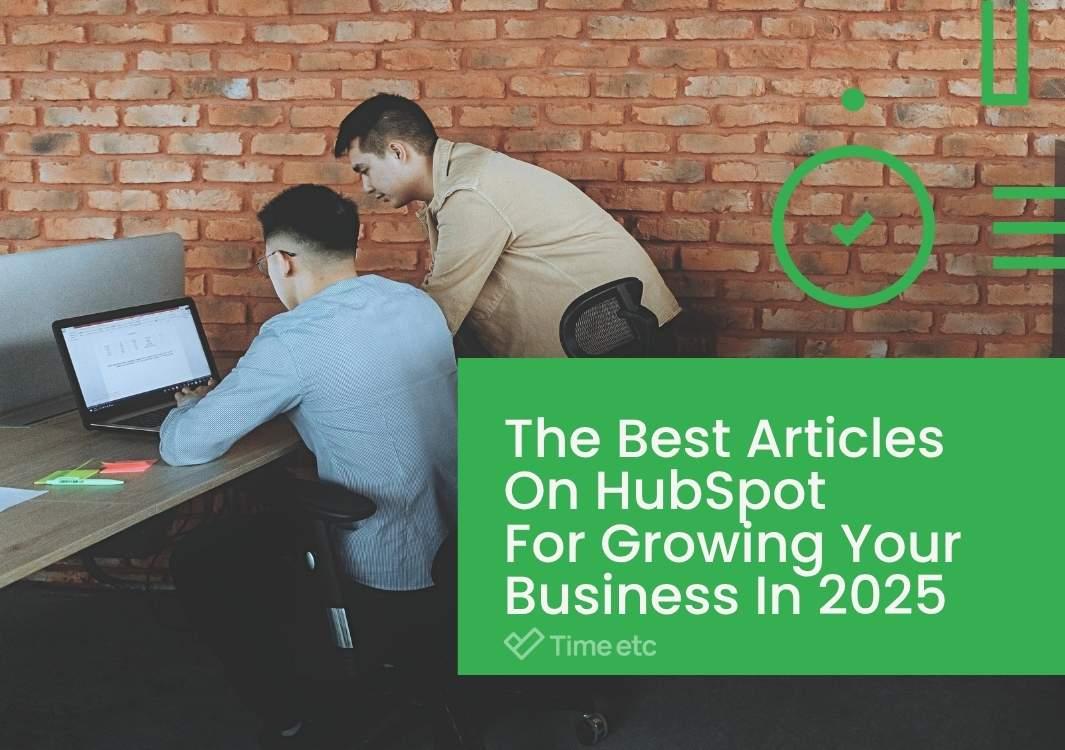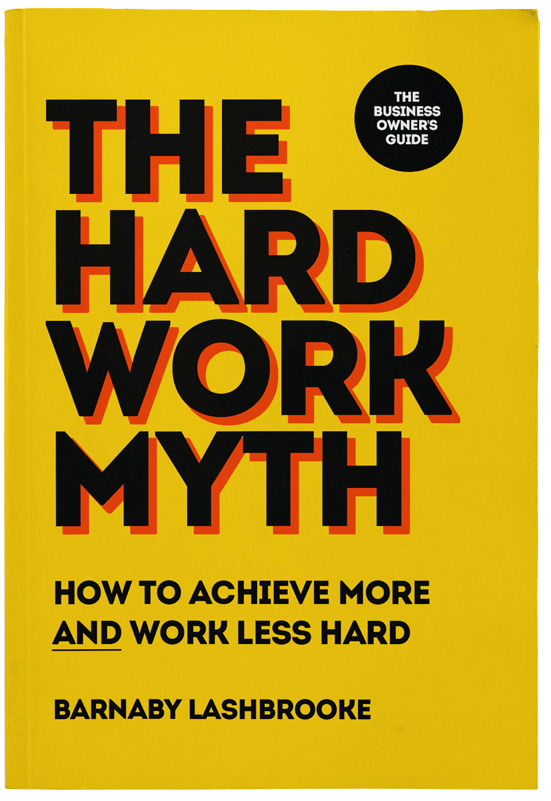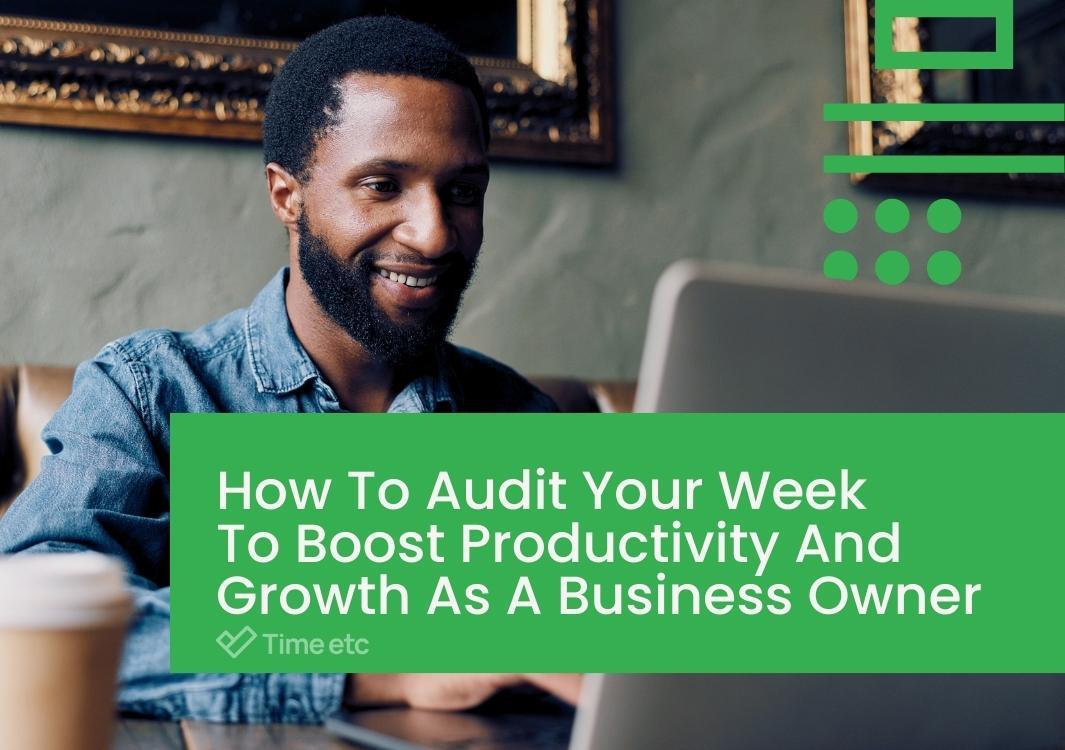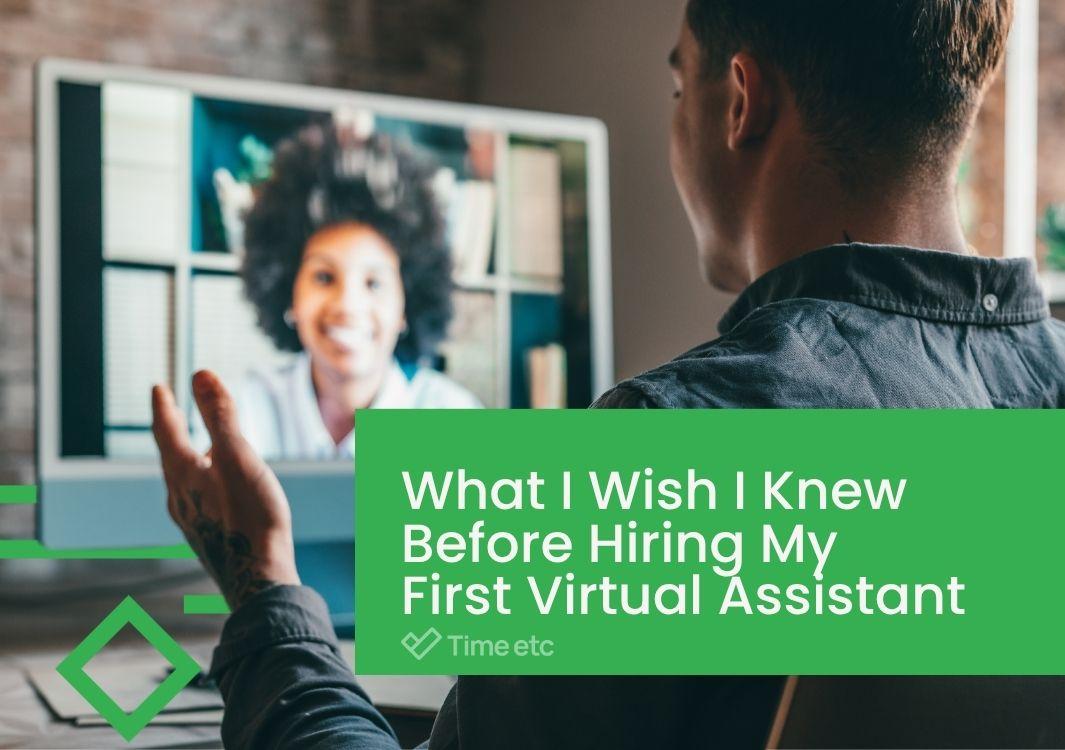Being a founder means every day brings new challenges to solve and new fires to put out. You’re leading the charge while learning on the fly. And even when things are going well, it’s easy to wonder whether you’re doing things the best way.
That’s why the quality of the resources you turn to matters. You don’t have time for fluff, abstract theory, or outdated advice. You need insight that actually helps, from people who understand what it means to get real results.
HubSpot has earned its place as a go-to resource for founders looking to grow their businesses more effectively. With deep expertise in sales, marketing, and customer experience, they publish a range of valuable content that goes beyond the basics.
So, to help you cut through the noise, we’ve gathered five standout HubSpot articles that offer clear, actionable guidance designed to help your business thrive.
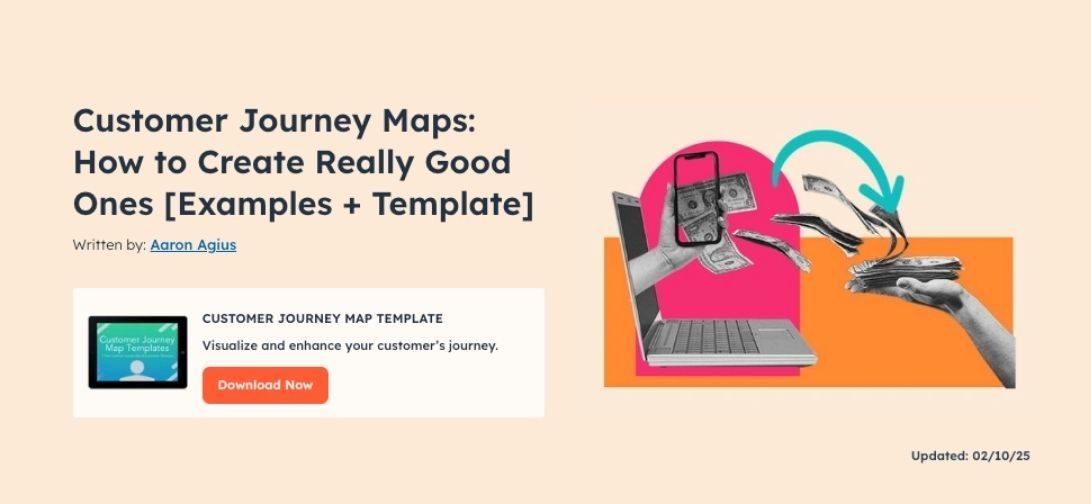
By: Aaron Agius
If you want to truly understand your customers (and who doesn't?), you need to get inside their heads and map out their entire journey with your business. Aaron Agius breaks this down wonderfully in his article on customer journey maps (CJMs), walking you through exactly how to build a map that not only makes sense but also helps your business focus on the touchpoints that matter most.
Agius starts off by noting that there is a solid difference between the customer journey and the buyer’s journey.
The buyer's journey is everything that happens before someone makes a purchase—from realizing they have a problem to hitting that "buy now" button. The customer journey is the whole story, from their very first interaction with you right through to after they've bought from you.
What makes customer journey maps so powerful is that they help you spot exactly where things are going wrong (or right!) in your customer's experience. When you can see all these touchpoints laid out clearly, you can smooth out the bumps and create a much better experience for everyone.
One of the biggest takeaways from the article is how important it is to use real data when creating a customer journey map, and not just guesses or assumptions. Agius advises against imagining what customers might want or feel and instead suggests gathering real insights from surveys and customer behavior analytics.
Essentially, he says, “Don’t assume you know; get the facts and build your map around them.”
Agius also talks about different types of customer journey maps.
The “Current State” map helps businesses see how customers are currently interacting with them, which is perfect for pinpointing what’s working and what’s, well, not!
The “Future State” map, meanwhile, is about envisioning the customer experience businesses want to create. Each of these map types is useful for different stages of business development, and it depends on whether the focus is on fixing problems or planning for future improvements.
The article then gets into the nuts and bolts of actually creating a map. Agius recommends using customer journey map templates, and HubSpot definitely offers a pretty solid set to get started. From there, it’s all about doing things like defining the goal, profiling customer personas, listing touchpoints, and diving into the customer experience firsthand.
But here’s the catch: this isn’t a “one and done” kind of deal. As Agius notes, customer behaviors and expectations are always shifting. So, once the map is created, it’s time to keep it fresh. Regularly reviewing and updating the customer journey map is just as important as creating it in the first place.
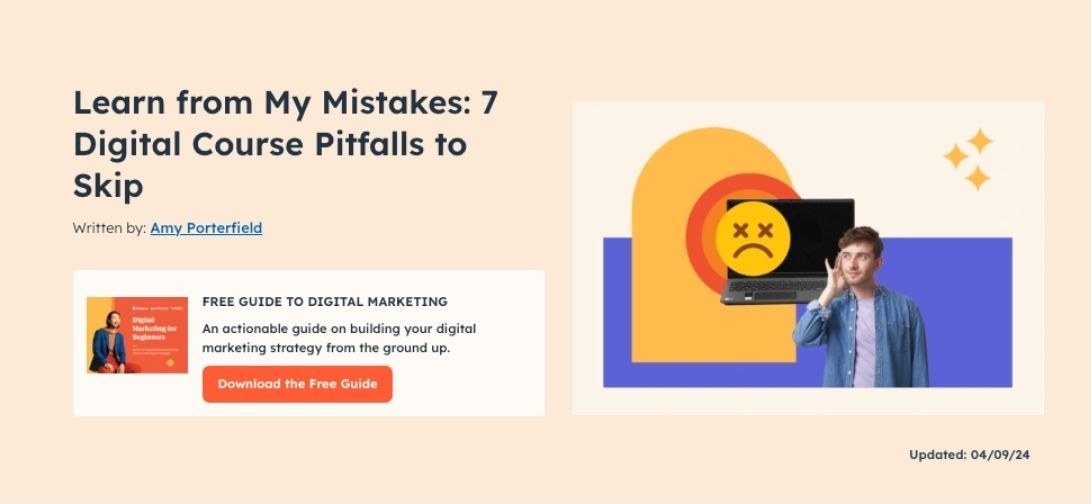
By: Amy Porterfield
Creating a digital course can feel like the ideal way to scale your expertise. You build it once, help people at scale, and (ideally) generate some passive income over time. Amy Porterfield, who’s built a successful career around online learning, shares a refreshingly honest account of the many lessons she picked up along the way.
First up: you actually need real experience in what you're teaching.
This might sound obvious, but it's tempting to jump on a trending topic before you've really lived it yourself. That doesn’t mean you need decades of experience, but you should have gone through the challenges your audience faces. Students want to learn from someone who has been in their shoes, not just someone who has studied the topic from a distance.
Porterfield also gets personal about imposter syndrome. Even with all the experience she had gained, she still found herself doubting whether she was “qualified” to teach others. Instead of letting those doubts take over, she learned that you don’t need to be perfect; you just need to be a few steps ahead of the people you’re helping.
Another common issue she shares is energy misalignment. One of her early courses failed to take off because she had lost excitement about the topic. Passion fuels connection. When you’re enthusiastic, your students pick up on it. When you’re just going through the motions, they can sense that too.
And as a course creator, you'll wear a lot of hats. But not all these hats are created equal. Porterfield explains how she wasted time doing things outside her “Zone of Genius” (like editing course videos) when she could have delegated it. The lesson here is to focus on what you do best and let others handle the rest. Outsourcing can free up your time for higher-impact work, like creating more valuable content and engaging with your students.
Even if you’re not creating courses, Porterfield’s insights still resonate. Whether you’re pitching to investors, onboarding new clients, or sharing your story through social media posts, the best messages come from real lived experience. People connect to truth. You don’t need to be perfect, you just need to be real. That’s what draws people in and keeps them listening.
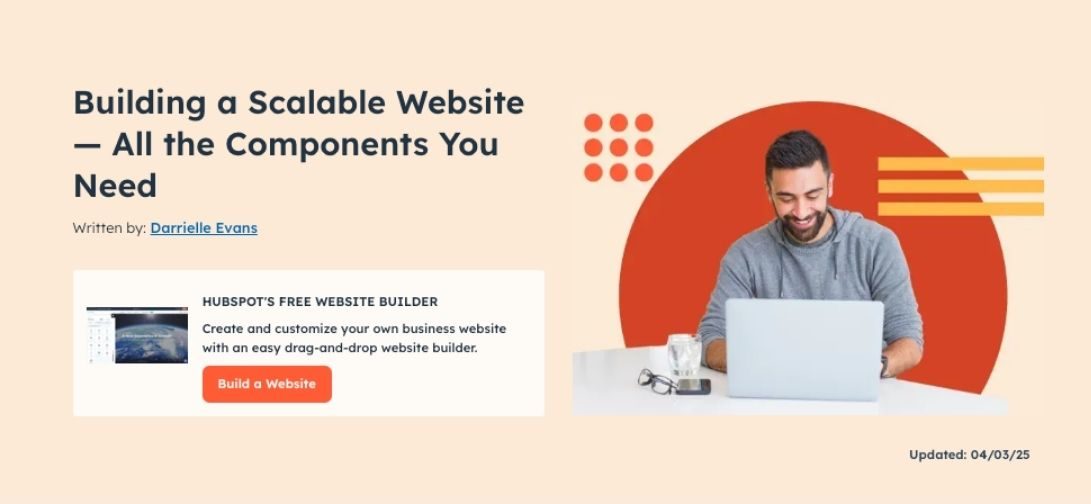
By: Darrielle Evans
Every modern business depends on its digital presence. When you're building a website for your business, it's easy to want to focus all your time, energy, and resources on design and messaging. But if your site crashes when traffic spikes or loads slowly on mobile, it doesn’t matter how beautiful the design is.
And that's where Darrielle Evans' article comes in.
Evans does a fantastic job of breaking down the concept of a "scalable website" in a way that’s both clear and practical, even if you're not particularly tech-savvy.
Evans uses Ticketmaster as a great example: Imagine what happens when Beyoncé concert tickets go on sale and thousands of people try to buy tickets at exactly the same time. Without proper scalability measures and the right systems in place, the whole system would crash and sales would stall.
She compares it to what retailers do during busy holiday seasons. They plan ahead, hire more staff, and increase capacity. A scalable website does the same thing behind the scenes (except by using cloud infrastructure, microservices, or load balancing). Don't worry, you don’t need to understand the tech deeply; you just need to care about the outcome.
Evans also explains that the benefits go beyond just avoiding downtime. Fast loading pages and reliable performance keep visitors engaged. They reduce bounce rates and increase the chances visitors take the next step, whether that’s making a purchase, signing up, or contacting you.
Planning for scalability from the beginning allows your site to grow without requiring major rebuilds. This approach saves money and effort in the long run while providing a better experience to your users.
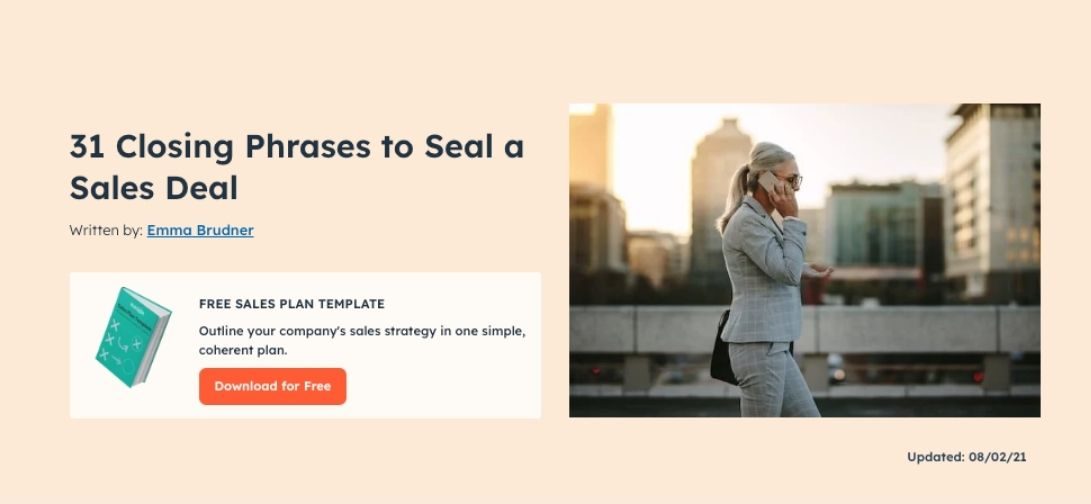
By: Emma Brudner
Emma Brudner’s article on closing phrases is a goldmine for anyone who is in sales, and especially for founders who are often at the very forefront of closing deals.
As any seasoned sales rep will tell you, the words you use at the very end of a conversation can make or break a deal…literally. And honestly, it’s not just about the exact phrase. It’s about the confidence, tone, and overall vibe you give off when asking for the sale.
One of the most helpful takeaways from the article is that the idea of pitching benefits, and not the products themselves. This seems simple, but it’s also too often overlooked. As Brudner puts it, people don’t want to buy a drill; they want a perfectly-sized hole. That’s because it’s solving their problem more than it is merely ‘selling a product.’
For example, don’t just talk about your software’s cool features. Talk about how it’s going to save them time, money, or make their lives easier. That’s what they care about. Focus on how your solution changes their world, and without going into too much detail about the tech behind it.
Then there’s the part about handling objections. This is where most sales conversations go sideways. If the prospect has concerns, don’t shy away from them! Address them head-on. Listen carefully to what they’re saying, and then come back with a thoughtful response. If they bring up price, instead of just defending your pricing, explain the value behind it.
But here’s the real secret sauce: asking for the sale in a non-pushy way. We all know how awkward it can feel to ask someone if they’re ready to sign, but Brudner gives you some solid phrases to use that make it feel like a natural progression in the conversation.
For example, instead of an aggressive “Are you ready to buy?”, she suggests something like “When should we get started with implementation?” This gets the prospect thinking about how the solution will work for them, and it shifts the focus to the future, not just the purchase itself. It’s subtle and yet effective.
Finally, Brudner provides some really smart closing questions that keep the conversation moving without being pushy.
Take, for instance, “Is there any reason, if we gave you the product at this price, that you wouldn’t do business with us?”
This question works because it indirectly helps uncover any last-minute concerns that the customer may have while also making them feel heard. If they say “no,” you’re golden. If they say “yes,” you can then address whatever the issue is that is lingering before it derails the deal.
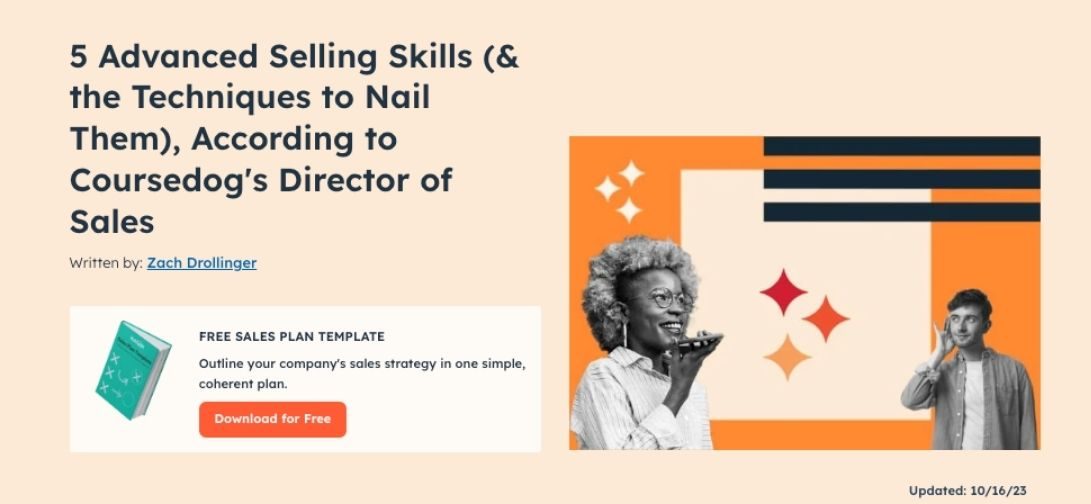
By: Zach Drollinger
If you’re in sales, you should know first and foremost that what separates the average salespeople from the top performers is the ability to really connect with customers and solve their unique problems. In this article, Zach Drollinger (who is the Director of Sales at Coursedog), dives into his five advanced sales skills that he feels every sales professional should master if they want to truly stand out.
First off, one of the key skills Drollinger talks about is finding the balance between being helpful and without being overly friendly. It’s tempting to want to be super friendly with prospects, especially when you’re trying to build rapport.
But Drollinger stresses that the best salespeople maintain professionalism no matter what. You’re not there to be their best friend; you’re there to guide them through their buying decision with expertise. That’s why he suggests taking a consultative approach and asking thoughtful questions versus just trying to close the sale at any cost.
Next up, Drollinger talks about the importance of tailoring your value proposition specifically to each customer. This isn’t about spitting out a generic pitch or rattling off product features. For example, if you're selling a product to an educational institution, the pitch shouldn’t just focus on how great your software is.
Instead, talk about how it directly addresses their pain points, like how it can solve the specific problems this institution has said they face with manual processes or making their workflow smoother. It’s all about speaking their language.
Drollinger also highlights a skill that separates the good from the great: teasing out pain points your prospect might not even realize they have! This is an advanced technique, he says, because it requires a deep understanding of your prospect's business and the ability to ask probing questions that uncover hidden issues.
Another advanced technique Drollinger dives into is the importance of conveying industry-specific knowledge. People want to know that you’re not just a generic salesperson. Rather, you need to demonstrate that you’re an expert who understands the industry inside and out. That means doing your homework and offering industry-specific content throughout your sales process, and not just generic information that you can find online.
Finally, Drollinger touches on maintaining a contrarian mindset.
This means looking for opportunities where your prospect might have missed something or overlooked a way they can improve. Are they wasting money on inefficient processes? Could they save time by implementing a more streamlined system? By thinking outside the box and offering a perspective that challenges the status quo, you show that you’re not just trying to sell them something at all costs.
What's the bottom line?
As you continue to navigate the ups and downs of growing your business in 2025, remember that success isn't only measured in quarterly revenue spikes or traffic surges. Those metrics matter, of course—but the real victory lies in creating something that lasts. Something that improves people’s lives, whether through a product that solves a real need or a brand that truly resonates.
The HubSpot articles we’ve highlighted won’t give you all the answers, but they can offer fresh frameworks and thoughtful strategies to help you steer with greater confidence.
So take what’s useful for where you are right now. Bookmark the pieces that might come in handy later. And most importantly, give yourself the space to absorb and apply things at your own pace.
Keep learning, keep iterating, and keep showing up for the people you serve.

